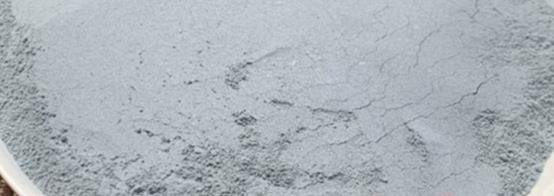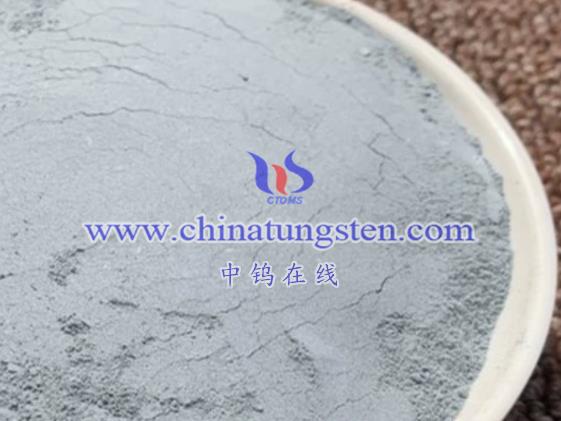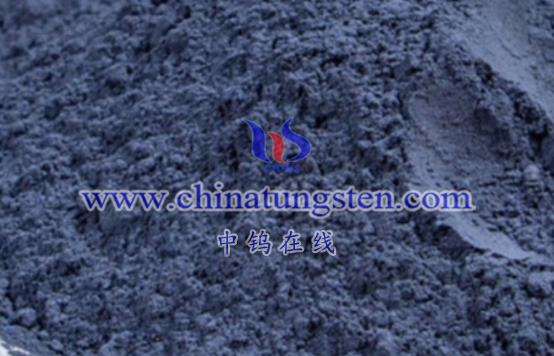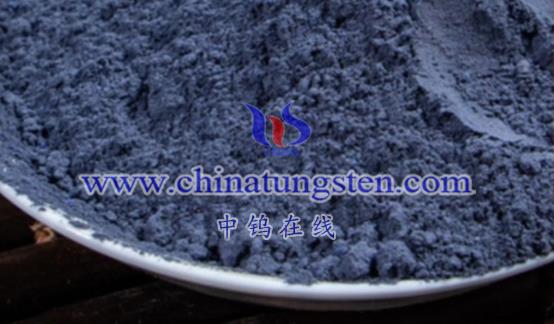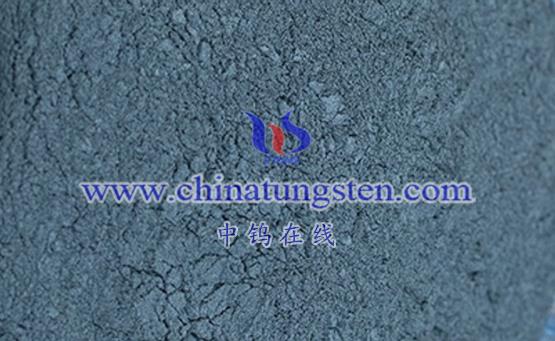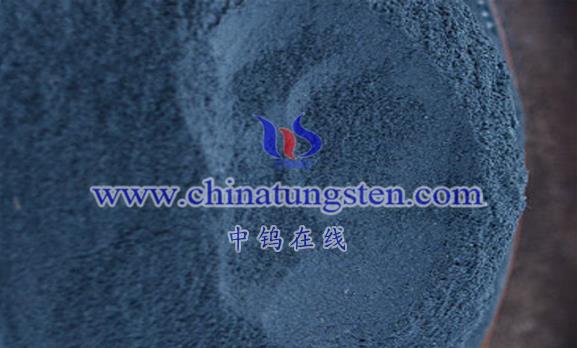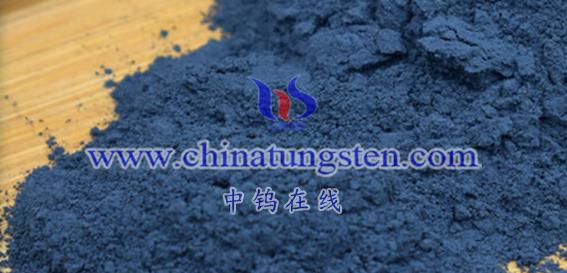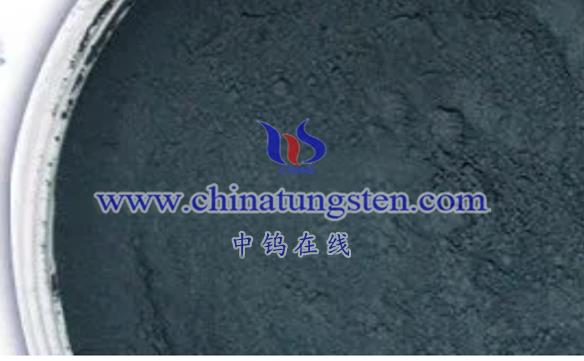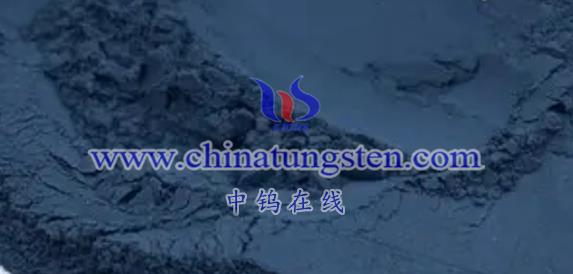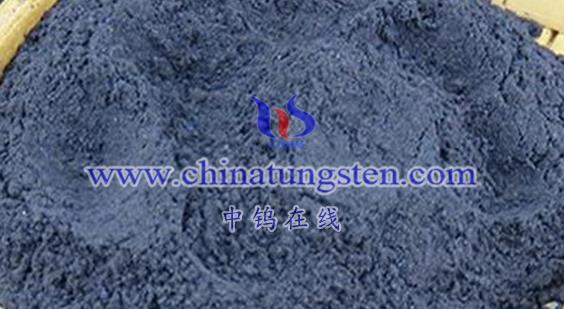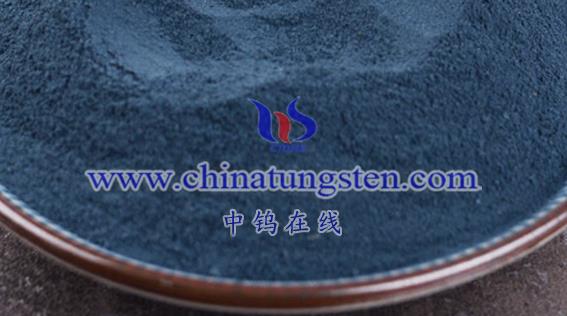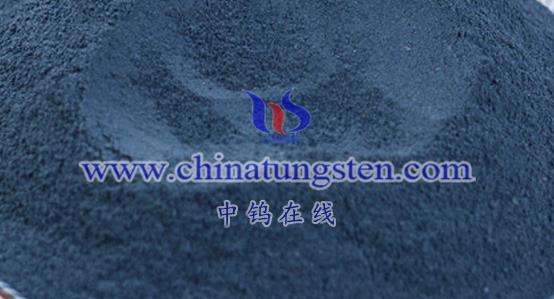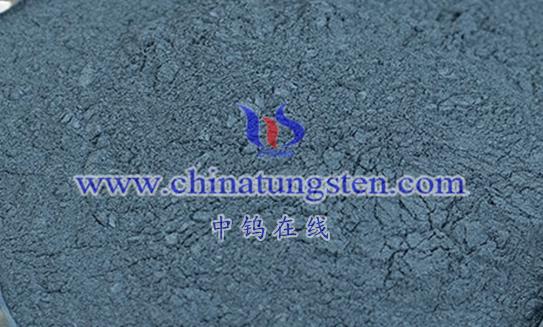
The physical properties of tungsten bronze vary significantly depending on the type of constituent element MMM and the value of xxx in its composition. For example, in sodium tungsten bronze (NaxWO3text{Na}_xtext{WO}_3NaxWO3), the color changes from golden yellow to pale blue-gray as the xxx-value decreases. Specifically, NaWO3text{NaWO}_3NaWO3 appears golden, Na0.67WO3text{Na}_{0.67}text{WO}_3Na0.67WO3 is crimson, Na0.5WO3text{Na}_{0.5}text{WO}_3Na0.5WO3 is purple-red, and Na0.2WO3text{Na}_{0.2}text{WO}_3Na0.2WO3 is blue.
- Appearance
Tungsten bronze typically exists as a powder. It can also be processed into dispersions in different solvents for various applications.
- Color
The color of tungsten bronze depends heavily on its composition. For example:
- NaWO3text{NaWO}_3NaWO3: Golden yellow
- Na0.6WO3text{Na}_{0.6}text{WO}_3Na0.6WO3: Orange-red
- Na0.45WO3text{Na}_{0.45}text{WO}_3Na0.45WO3: Reddish-purple
- Na0.3WO3text{Na}_{0.3}text{WO}_3Na0.3WO3: Dark blue-purple
- Crystal Structure
Tungsten bronze generally exhibits cubic or tetragonal crystal structures, both of which feature unique arrangements and spatial tunnels facilitating electron and ion transport.
Additionally, tungsten bronze can adopt an orthorhombic structure, which can be viewed as a distorted form of the tetragonal system along its diagonal.
- Density
The density and hardness of tungsten bronze vary depending on its elemental composition and crystal structure. It is classified into bulk density and tapped density in practical applications.
- Brittleness
Tungsten bronze exhibits brittleness, which can influence its performance, particularly under high-temperature or extreme conditions.
- Electrical Conductivity
The electrical conductivity of tungsten bronze is influenced by its composition and structure:
- Some forms exhibit metallic conductivity.
- Others display semiconducting behavior.
For example:- When the Na:WO3text{Na:WO}_3Na:WO3 ratio exceeds 0.3, the resistance-temperature coefficient is positive, indicating metallic properties.
- When the ratio is below 0.3, the coefficient is negative, indicating semiconducting properties.
- Magnetic Properties
Although tungsten bronze is not inherently magnetic, its unique electronic structure and crystal arrangement may influence its magnetic behavior. This requires detailed experimental analysis.
- Thermal Properties
Tungsten bronze demonstrates excellent thermal stability and thermal conductivity, maintaining stable performance at high temperatures. This makes it suitable for applications requiring high heat resistance and thermal shock resistance.
- Thermal Sensitivity
Tungsten bronze is thermally sensitive, with its resistivity changing with temperature. Certain types of tungsten bronze exhibit significant negative temperature coefficient behavior within specific temperature ranges, making them ideal for manufacturing high-temperature thermistors.
These properties underscore the versatility of tungsten bronze and its potential for use in various advanced applications, from electronic devices to heat-resistant materials.
More details of tungsten oxide product, please visit website: tungsten-oxide.com
Please contact CHINATUNGSTEN for inquiry and order of tungsten oxide:
Email: sales@chinatungsten.com
Tel.: 86 592 5129595
